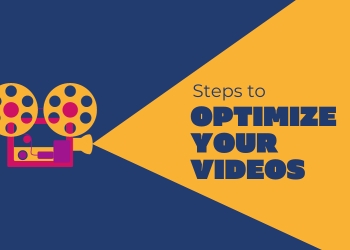
How social media marketing work?
With platforms like Facebook, Twitter, and Instagram taking off, social media has changed not only the way we communicate with each other but also the marketing strategy of companies to influence consumer behavior – from a content promotion that drives engagement to extract geographic, demographic and personal information that makes messages resonate users have.
SMM Action Plan
The more targeted your Social Media Marketing (SMM) strategy, the more effective it will be. Hootsuite, a leading social media management software provider, recommends the following action plan for building an SMM campaign that contains an implementation framework as well as performance metrics:
• Aligning the objectives of good management to survey business objectives.
• Get to know your target customer (age, location, income, job title, industry, and interests).
• Conduct a competitive analysis of your competition (successes and failures).
• Audit current SMM (successes and failures).
• Create a calendar for SMM content delivery.
• Create best-in-class content.
• Track performance and adjust governance strategy as needed.
Customer Relationship Management (CRM)
Compared to traditional marketing, social media marketing has many important advantages, including the fact that SMM has two types of interaction that enable targeted CRM: both customer-to-customer and company-to-customer. In other words, while traditional marketing tracks customer value primarily by capturing purchasing activity, SMM can track customer value directly (through purchases) and indirectly (through product referrals).
Shareable content: Companies can the bloated SMM threading into creating “sticky” content, a marketing term for engaging content that interests customers engages them more aggressively, increases the chances of purchasing products, and then wants to share content. Not only does this type of word-of-mouth reach an unreachable audience, but it also carries an implicit endorsement of someone the recipient knows and trusts - making shareable content creation one of the most important ways social media marketing drives growth.
And you can refer to the article 10 Tricks To Create Attractive Facebook Posts.
Earned Media
Social media marketing (SMM) is also the most effective way for a company to reap the benefits of another type of earned media (other than paid advertising): such as customer-generated product reviews and recommendations.
Viral Marketing
An audience-based strategy for message generation is viral marketing, a sales technique that attempts to trigger the rapid spread of word-of-mouth product information. Once you share a marketing message with the general public that goes beyond the original target audience, it goes viral - a very simple and inexpensive way to promote sales.
Customer segmentation
Social media (SMM) enables you to segment customers more accurately than traditional marketing channels, companies can make sure to focus their marketing resources on their target audience specifically, for example, you can choose the October area or Giza Governorate over other areas.
metric tracking
According to Sprout Social, the most important social media marketing (SMM) metrics focus on customer interaction: engagement (likes, comments, shares, and clicks); impressions (the number of times the post appears); Reach/Outreach (how many unique views an SMM post has); Voice share (how far the brand reaches in the Internet sphere); referrals (how a user arrives at a site); and conversions (when a user makes a purchase on a site). However, there is another very important business-focused metric: response rate/time (the number of times and how quickly the company responds to customer messages): Website visits (the number of times a website is visited).
When a business is trying to determine what metrics to track in the sea of data generated by social media, the rule is always to align each business objective with a relevant metric. If your business goal is to increase conversions from an SMM campaign by 15% in three months, use a social media analytics tool that measures the effectiveness of your campaign against that specific goal.








